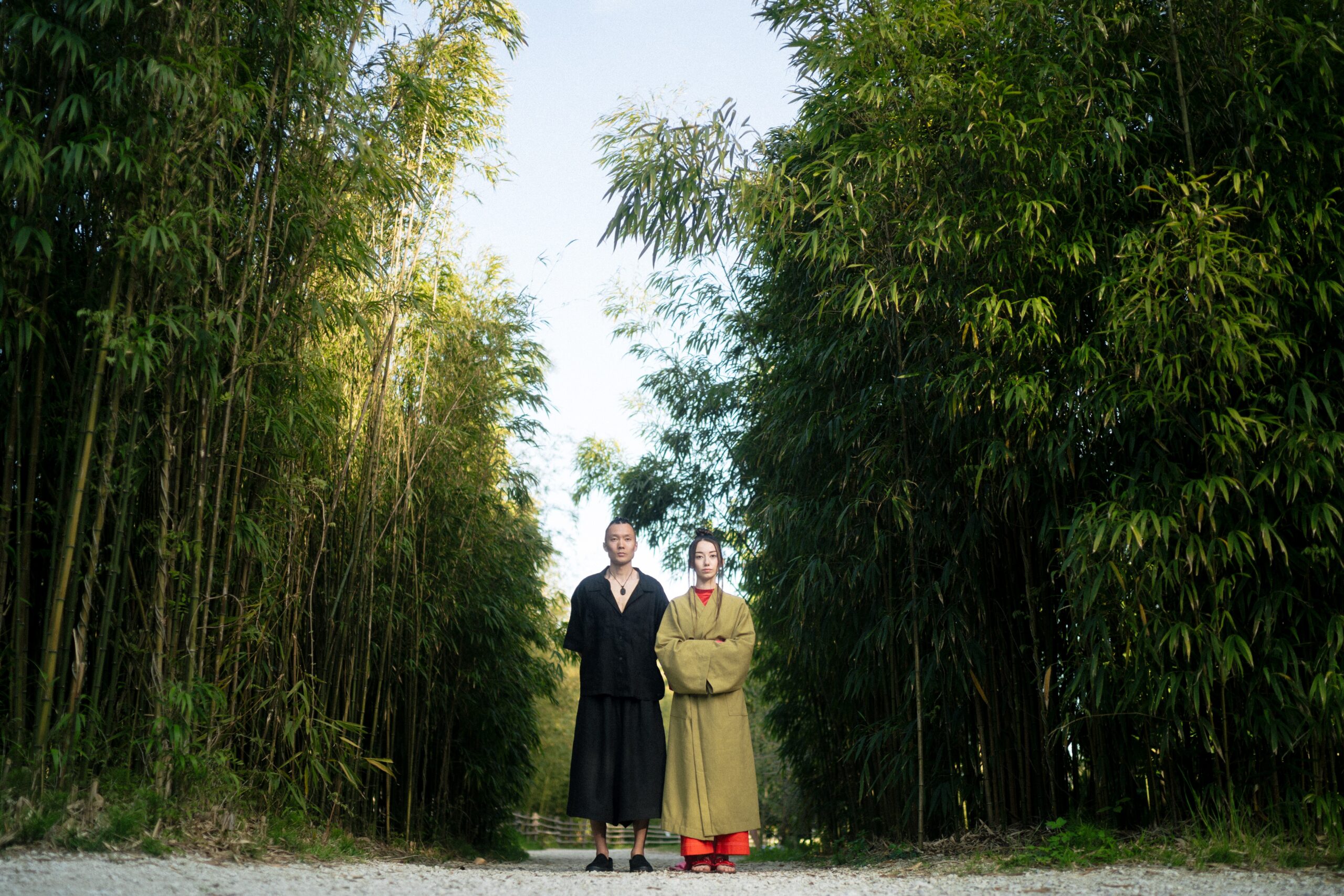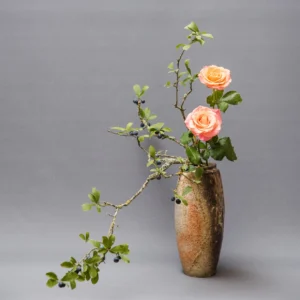Much of traditional Japanese culture is accessible to all visitors, even those with little to no knowledge of Japanese history and traditions.
below are 4 cultural places of interest you must see when you arrive in Japan
Japanese Gardens
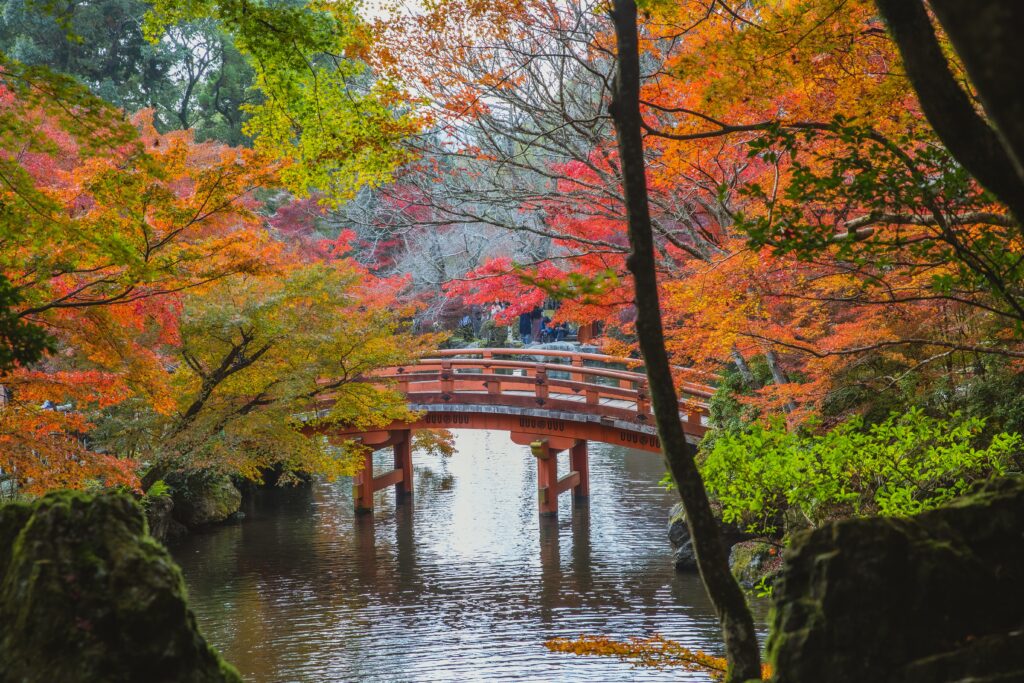
The Japanese garden is designed to be a faithful representation of nature and to impart a sense of simple, unspoiled beauty. Its style therefore contrasts with that of a Western garden, which relies on shaping nature into a kind of geometrical beauty. There are three main styles of Japanese garden; Tsukiyama, Karesansui, and Chaniwa.
A ‘Tsukiyama’ – style garden is arranged to show nature in miniature, with hills, ponds and streams. The Karesansui style of garden developed in the Muromachi Era as a representation of Zen spiritualism. In this style, sand or gravel is used to represent rivers or the sea. It is charactarized by its force and simplicity. The Chaniwa is the garden adjacent to a ceremonial teahouse. This style of garden avoids any suggestion of showiness and strives for the utmost simplicity and naturalness.
Castles
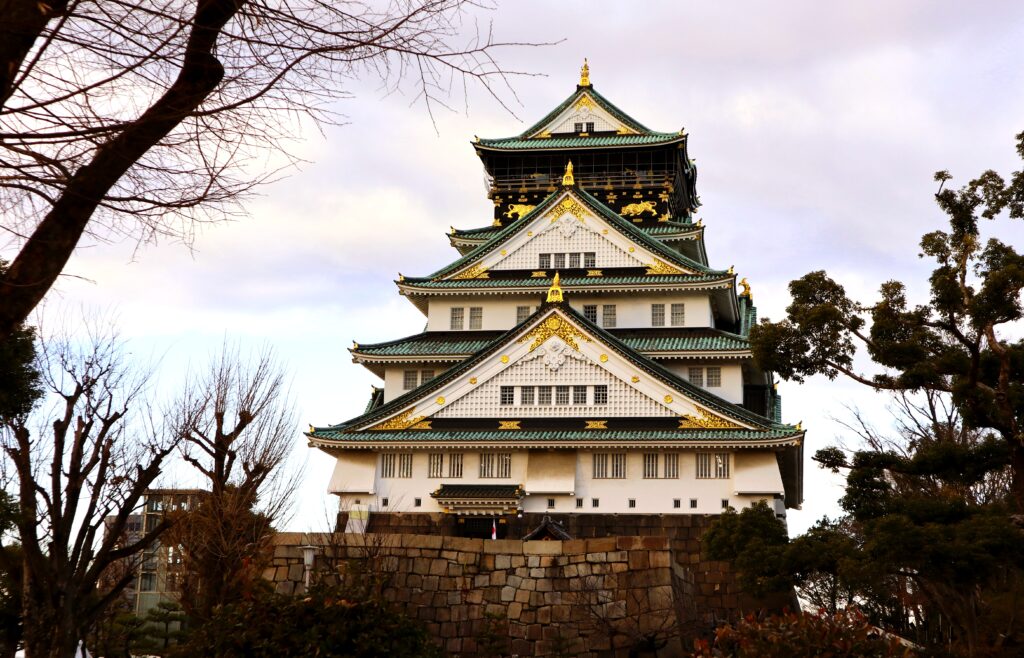
Castles in Japan underwent their most intensive phase of development in the Sengoku (Warring States) era from the 15th to the 16th century. Built with the object of keeping the enemy out, they are elaborate in design and strongly fortified. Their magnificent architecture also served to demonstrate the power of the joshu, or lord of the castle.
Shinto Shrines
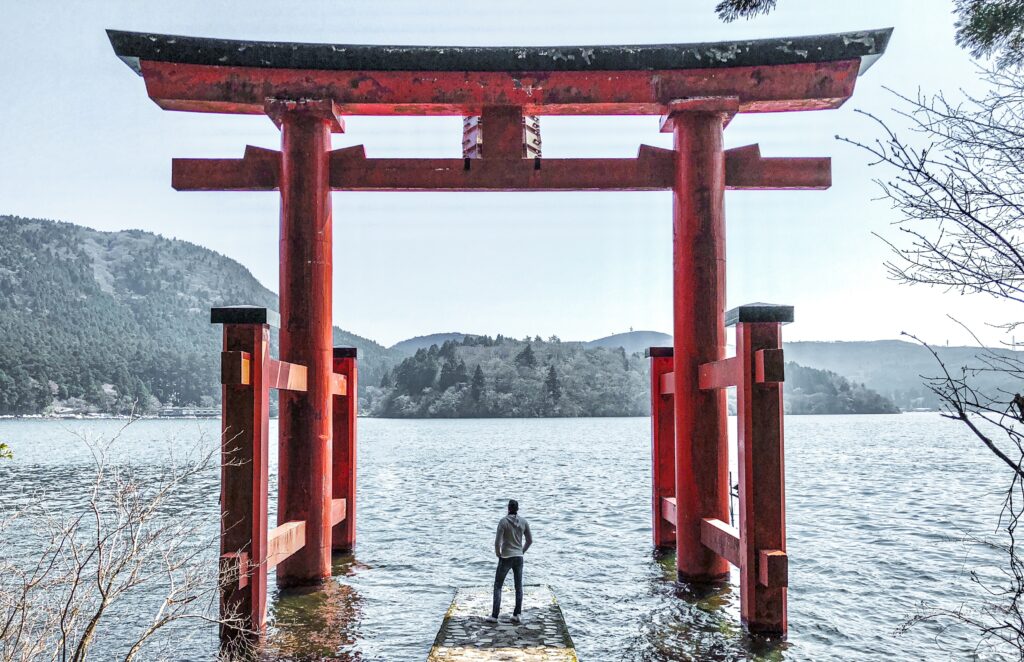
The jinja, or shrine, is where believers in Japan’s indigenous religion, Shintô, go to worship. Shintô originated in ancient peoples’ fears of demons and supernatural powers, and their worship of these. It has no written body of doctrine, but it is Japan’s main religion and is practiced widely through ceremonies and festivals.
The main sanctuary of a shrine is called the Shinden or Honden. There are also ancillary buildings such as the Haiden, or outer hall, and the Hômotsuden, or treasury, but these are not arranged according to any particular specified layout.
There are many lucky charms and other such objects to be seen at a shrine. Some are used to determine the will of the gods and some as a way of communicating with the gods and asking for their protection.
The chief priest of a shrine is called the Kannushi. He is responsible for all the religious observances and the running of the shrine. The young girl assistants in a shrine are called Miko.
In ancient times, it was believed that people died when the soul left the body. To try and call it back, they used a form of magic called Kagura, which involved dancing and playing flutes and drums. This became formalized and developed into Noh and Kyôgen.
Hot Springs
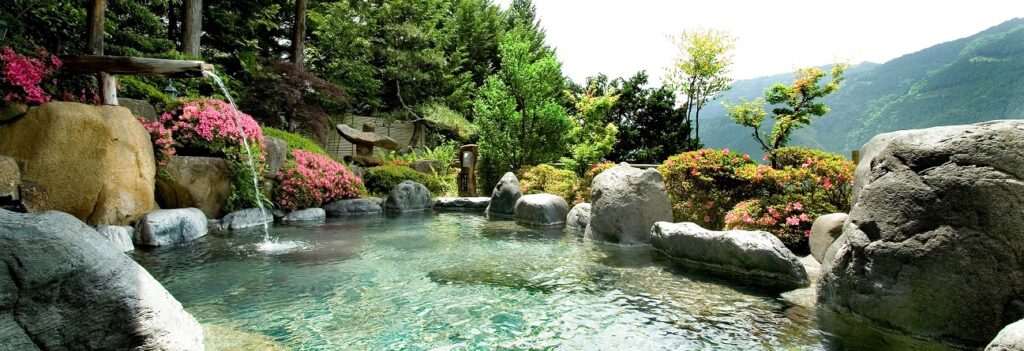
Japan is literally soaking in hot springs, with a tradition of bathing that stretches back 2,000 years. Called onsen.
Japanese hot-spring resorts offer mind-boggling variations in the simple act of soaking in hot mineral waters, from simple outdoor affairs to theme-based sophisticated facilities. Even mineral content varies widely, with certain baths attributed to curing different ailments. In any case, whether large or small, humble or grand, the procedure for bathing in a public bath is the same all over Japan.
After completely disrobing and placing clothes in a locker or basket, bathers enter the bath area and head to the faucets with basins and stools, where they then soap down and wash off all traces of soap. Only when they’re clean do they enter the bath, which may be so hot that it takes some time getting used to, especially for novice bathers. But with time, the hot water ebbs away all cares and tension, the perfect end to a day of travel. The second-most important rule of public bathing (after soaping down and rinsing prior to entering the water): never pull the plug, as public baths should be thought of in same vein as whirlpools.
In any case, hot-spring spas are so popular, especially among groups of family, friends, and co-workers, that the Japanese are apt to visit the baths several times during a one night’s stay: upon arrival at the resort, after dinner, and before departing the next day.

